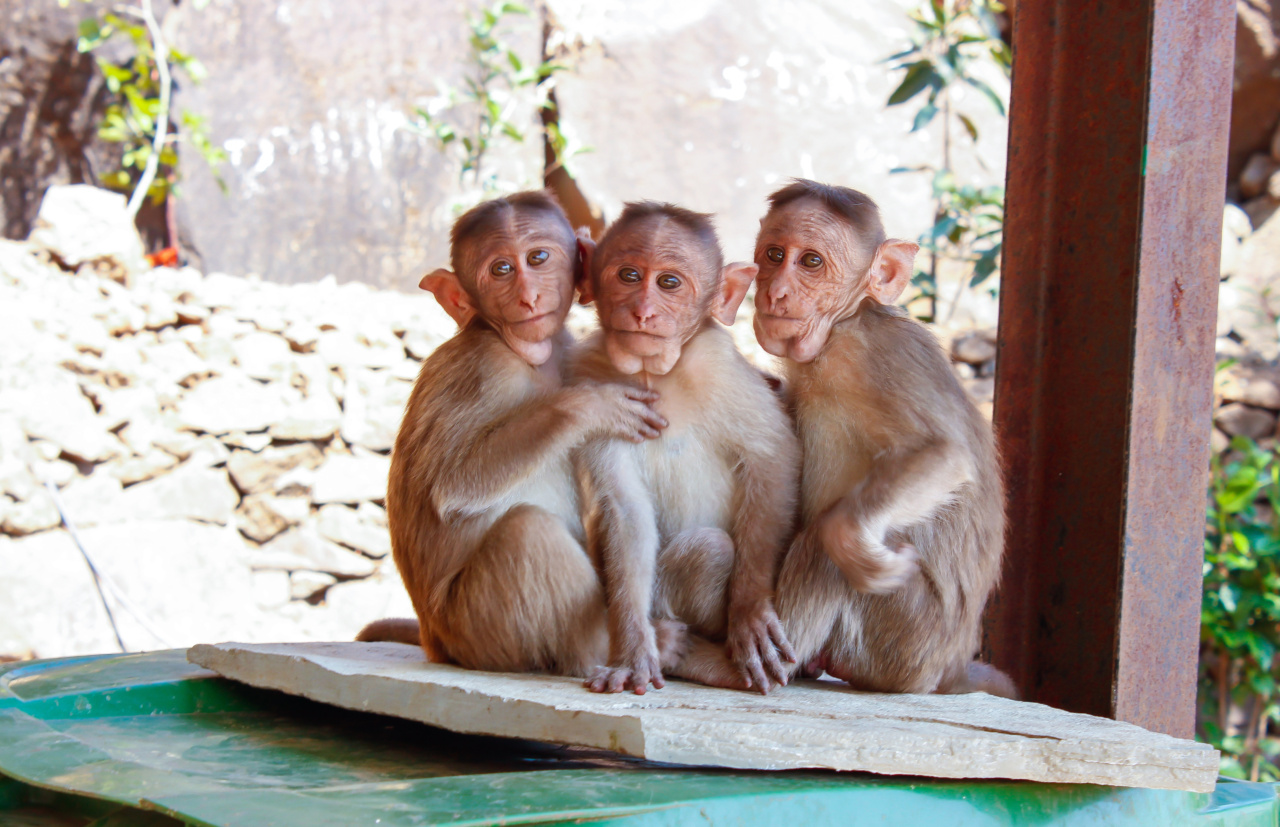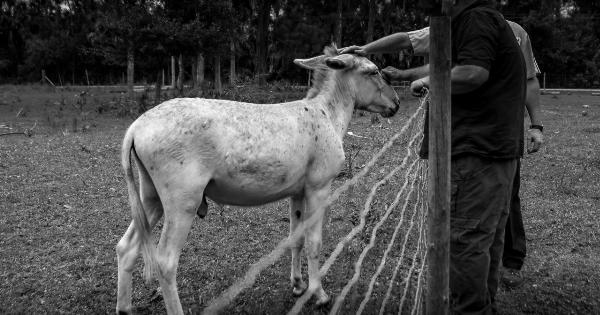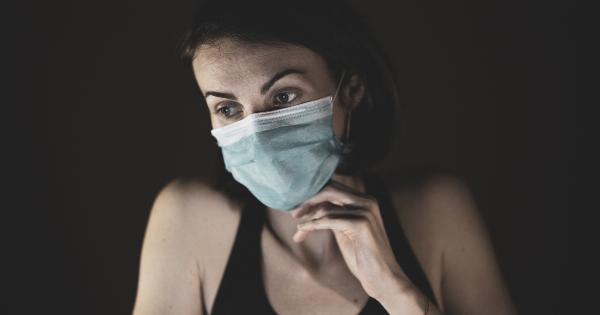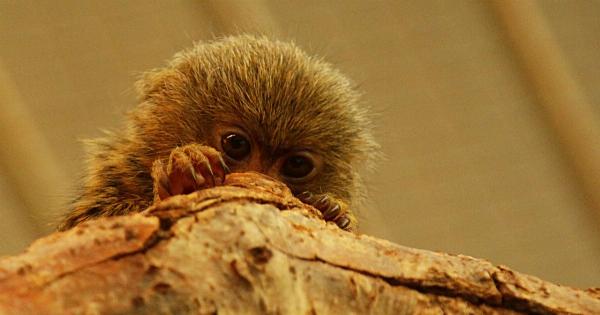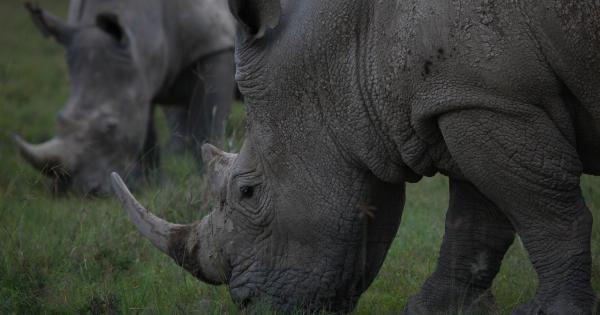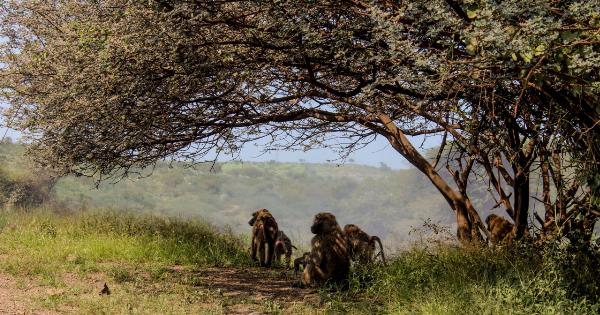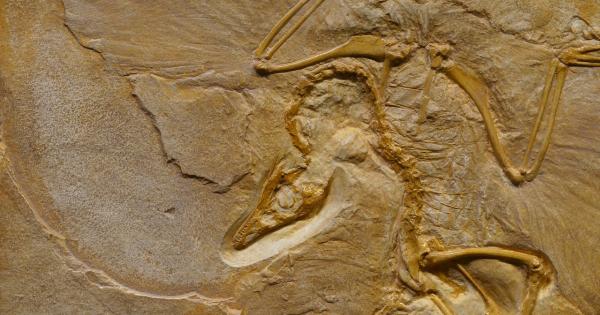In a devastating turn of events, the world has witnessed a smallpox epidemic wreak havoc in monkey populations worldwide. With over 3,000 reported cases, primates are facing a grim future as they battle this deadly disease.
Origin and Spread of the Smallpox Epidemic
The origins of this smallpox epidemic in monkeys remain unknown, but experts speculate that it might have emerged from a cross-species transmission.
It is believed to have started in a small population of primates living in close proximity to humans, and from there, it quickly spread to monkey communities far and wide.
Impact on Monkey Populations
The impact of the smallpox epidemic on monkey populations has been catastrophic. Primates of all species and age groups have been affected, with devastating consequences.
Observations have revealed that the disease spreads rapidly and results in a high mortality rate, particularly among younger monkeys that have weaker immune systems.
Conservationists and scientists are deeply concerned about the long-term effects of this epidemic. Monkeys play a vital role in ecosystem dynamics, contributing to seed dispersal, forest regeneration, and overall biodiversity.
The loss of these primates could have far-reaching consequences for ecosystems worldwide.
Efforts to Contain the Epidemic
Authorities and wildlife organizations are working tirelessly to control and contain the smallpox epidemic in monkeys.
Steps have been taken to quarantine affected areas, limit human access to monkey habitats, and implement rigorous monitoring and surveillance systems.
Vaccination campaigns have also been initiated to protect captive monkey populations and those most vulnerable in the wild. However, the sheer scale of the epidemic makes it a monumental challenge to reach all affected monkeys in time.
Impact on Human Health
While smallpox is generally considered a disease that predominantly affects humans, this epidemic serves as a stark reminder of the interconnectedness between human and wildlife health.
It raises concerns about the potential for further cross-species transmission and the risk of the smallpox virus adapting to infect humans more efficiently.
While the current focus remains on containing the epidemic in monkey populations, authorities are also on high alert for any signs of the virus spreading to humans.
Close monitoring of communities in close proximity to affected areas is being conducted to ensure swift action can be taken if needed.
Future Implications
The smallpox epidemic in monkeys is a devastating blow to both wildlife and human health. If left unchecked, it could have severe consequences for biodiversity and ecosystem stability.
Scientific research into this epidemic is ongoing, with experts working to better understand the disease and its implications for both primates and humans.
This knowledge will be crucial in developing effective strategies to prevent future outbreaks and protect the delicate balance of our ecosystems.
Ultimately, the smallpox epidemic highlights the urgent need for proactive measures to prevent similar outbreaks in the future.
This includes conservation efforts aimed at preserving primate populations, stricter regulation of wildlife trade and trafficking, and continued research into emerging diseases that threaten both human and animal health.
Conclusion
The smallpox epidemic with over 3,000 cases in monkeys is a devastating event that highlights the fragility of our interconnected ecosystems.
The loss of primate populations could have far-reaching consequences, impacting biodiversity and ecosystem stability.
Efforts to contain the epidemic are underway, but the scale of the challenge remains immense.
Continued research, conservation efforts, and proactive measures are necessary to prevent future outbreaks and safeguard the health of both wildlife and humans.
